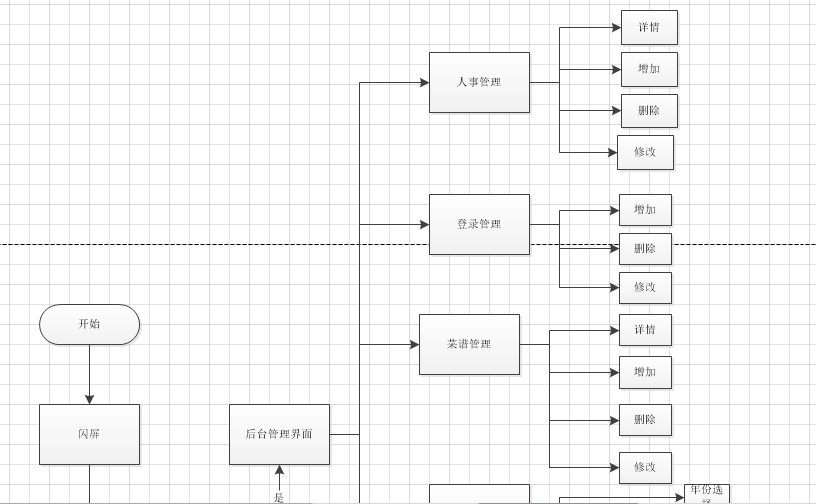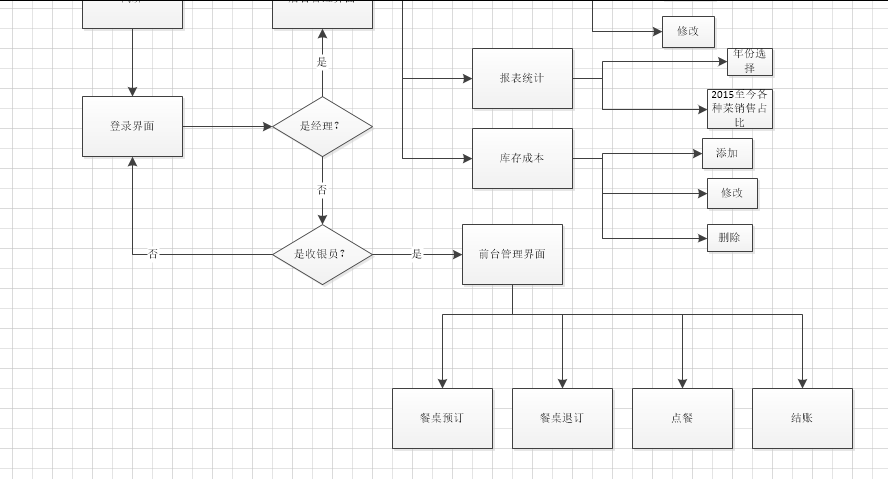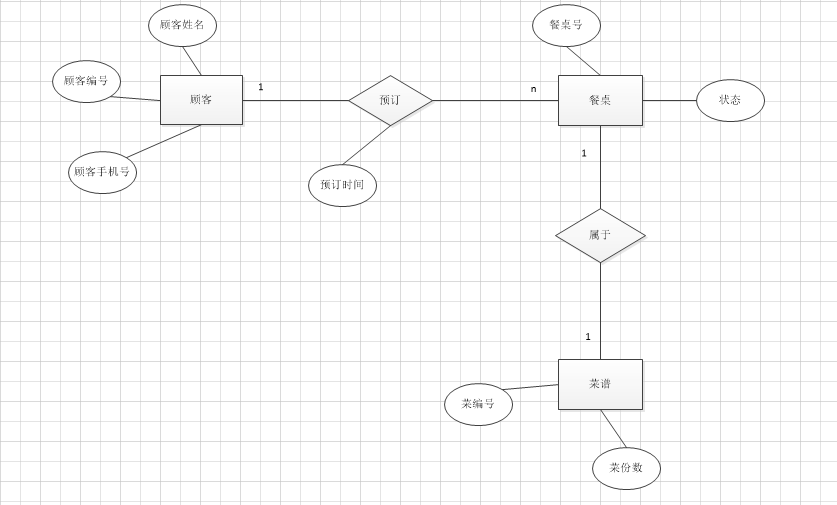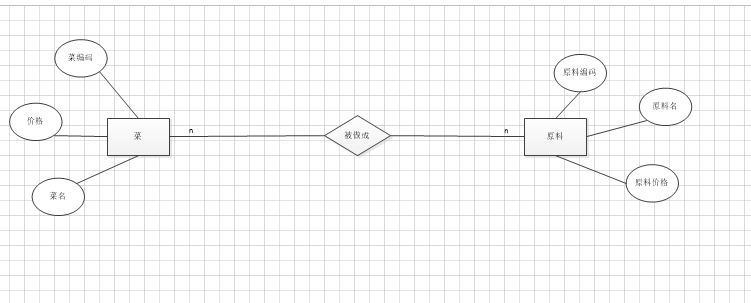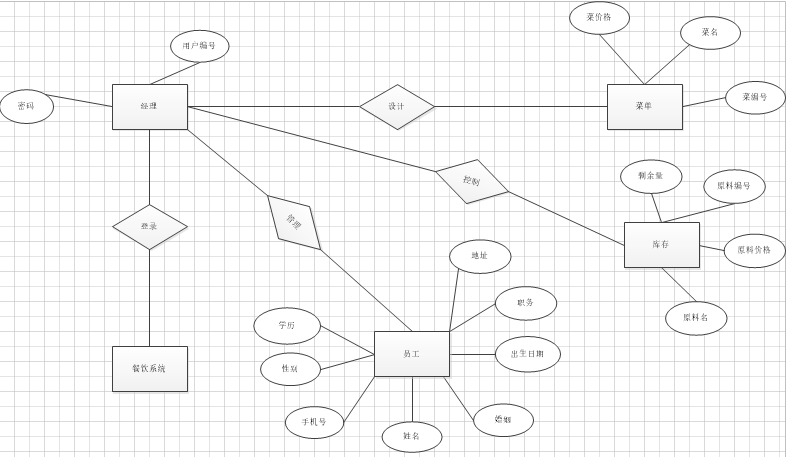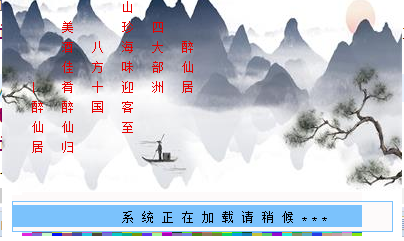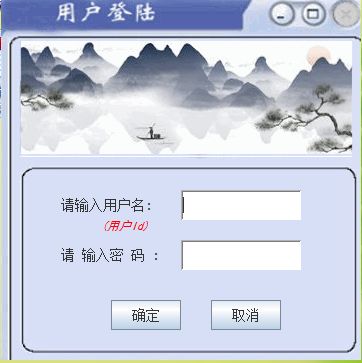醉仙居餐饮管理系统开发毕业论文
2020-04-23 20:16:44
摘 要
近几十年来,随着我国餐饮业快速发展,各种大大小小的餐饮企业也乘势快速增长。然而,在这些餐饮企业快速发展的同时,很多问题也逐渐浮出水面,例如:原材料价格变高、雇佣成本提升、租房成本增加、相关管理人才稀缺、成本控制困难等多方面问题。传统的经营管理模式已经不能适应餐饮业的发展。如何将过去粗放、模糊的经营管理模式转变为精细的现代化餐饮经营管理模式,已经成为所以餐饮企业不得不面对的问题。本文通过进行醉仙居餐饮管理系统的开发及系统分析,就如何解决这些问题进行研究。
本设计从餐饮管理系统基本功能出发,依据三层架构,按照软件开发流程,设计了醉仙居餐饮管理系统。本设计采用java语言,使用 Eclipse 开发环境,数据库使用了SQL SERVER 2008。
关键词:餐饮管理系统 Eclipse SQL SERVER 2008 Java
The design and implementation of the zui xian ju catering management system
Abstract
In recent decades, with the rapid development of China's catering industry, a variety of large and small catering enterprises also take advantage of the rapid growth. However, along with the rapid development of these catering enterprises, many problems have gradually surfaced, such as the rising prices of raw materials, the increase of employment costs, the increase of rental costs, the scarcity of relevant management personnel, and the difficulty in cost control. The traditional management mode can not adapt to the development of catering industry. How to transform the past extensive and vague management mode into a sophisticated modern catering management mode has become a problem that all catering enterprises have to face.This article through carries on the zui xian ju food management system development and the system analysis, carries on the research on how to solve these questions.
This design from the basic function of the catering management system,according to the three-layer architecture, according to the software development process, the design of the zui xian ju catering management system. This design use Java language, Eclipse development environment and SQL SERVER 2008 database.
Key Words: Catering management system; Eclipse; SQL SERVER 2008; Java
目 录
摘 要 I
Abstract II
第一章 绪论 1
1.1选题背景和意义 1
1.2 醉仙居餐饮管理系统设计的目的 1
1.3 研究内容和思路 1
1.4 醉仙居餐饮管理系统开发方法 2
1.5 研究路线图 2
第二章 文献综述 4
第三章 系统分析 6
3.1 需求分析 6
3.1.1功能需求 6
3.1.2性能需求 6
3.2 可行性分析 7
3.2.1 成本可行性分析 7
3.2.2 技术可行性分析 7
第四章 系统总体设计 8
4.1 设计目标 8
4.2 开发及运行环境 8
4.2.1 开发环境 8
4.2.2 运行环境 9
4.3系统总体结构 10
4.4系统模块划分 10
4.5系统总体流程 11
第五章 系统详细设计 13
5.1 数据库设计 13
5.1.1 数据库关系图 13
5.1.2 数据库表信息 15
5.2 系统模块详细设计 18
5.2.1 登陆模块设计 19
5.2.2 操作管理模块详细设计 19
5.2.2 收款界面模块详细设计 24
第六章 系统主要功能实现 26
6.1 后台管理界面主要功能代码实现 26
6.1.1 人事管理添加功能核心代码 26
6.1.2 人事管理修改功能核心代码 27
6.1.3 人事管理删除功能核心代码 27
6.2 收款界面主要功能代码实现 28
6.2.1 预订餐桌功能核心代码 28
6.2.2 退订餐桌功能核心代码 28
6.2.3 点菜功能核心代码 29
6.2.4 结账功能核心代码 29
6.3 与数据库建立连接 30
第七章 系统运行及评价 33
7.1 系统运行情况 33
7.2 系统优缺点 48
7.3 系统优化方案 49
结束语 50
参考文献 51
致谢 53
绪论
1.1选题背景和意义
1978年以来,我国餐饮业呈现出高速发展的态势。1978年我国的餐饮业总营业额为54.8亿元,20年后,这个数字增长了50倍,达到了2816亿元。近年来,餐饮业依旧保持每年一个千亿元的高速增长。2004年餐饮业总营业额达到了7486亿元,2005年则达到了8887亿元。餐饮业的总体规模日益扩大,拉动消费需求的能力也越来越强[1]。预计到2010 年餐饮业的营业额将达到2万亿元左右 , 餐饮业在国民经济中的地位和作用明显加强[2]。
近年来,随着我国餐饮业的高速发展,餐饮业暴露出了越来越多的问题,从餐饮业现状来看,餐饮企业主要存在三个问题:人才的专业化程度不高、信息化管理程度低下、缺乏科学规范的工作流程 [3]。
相关图片展示:
